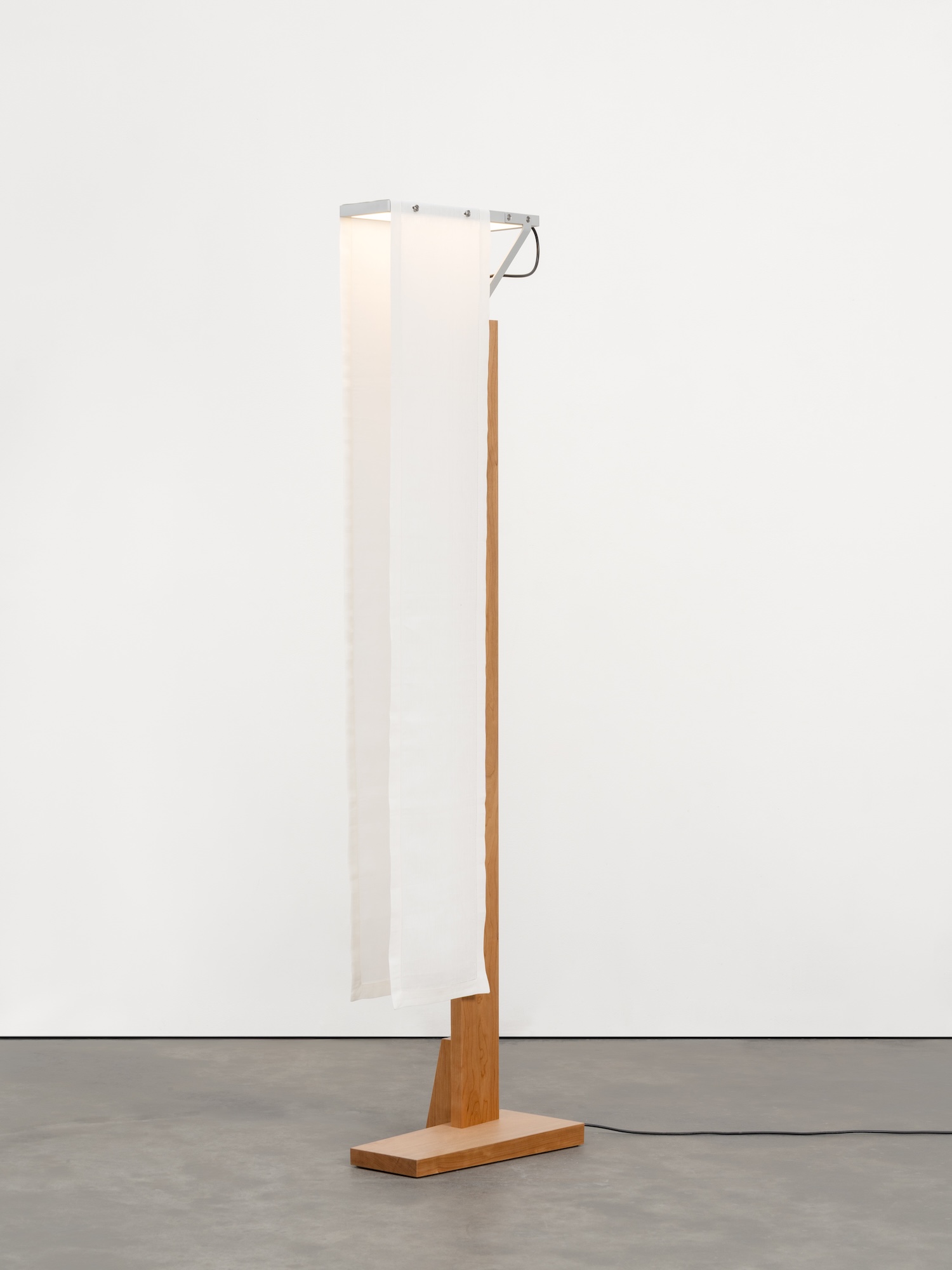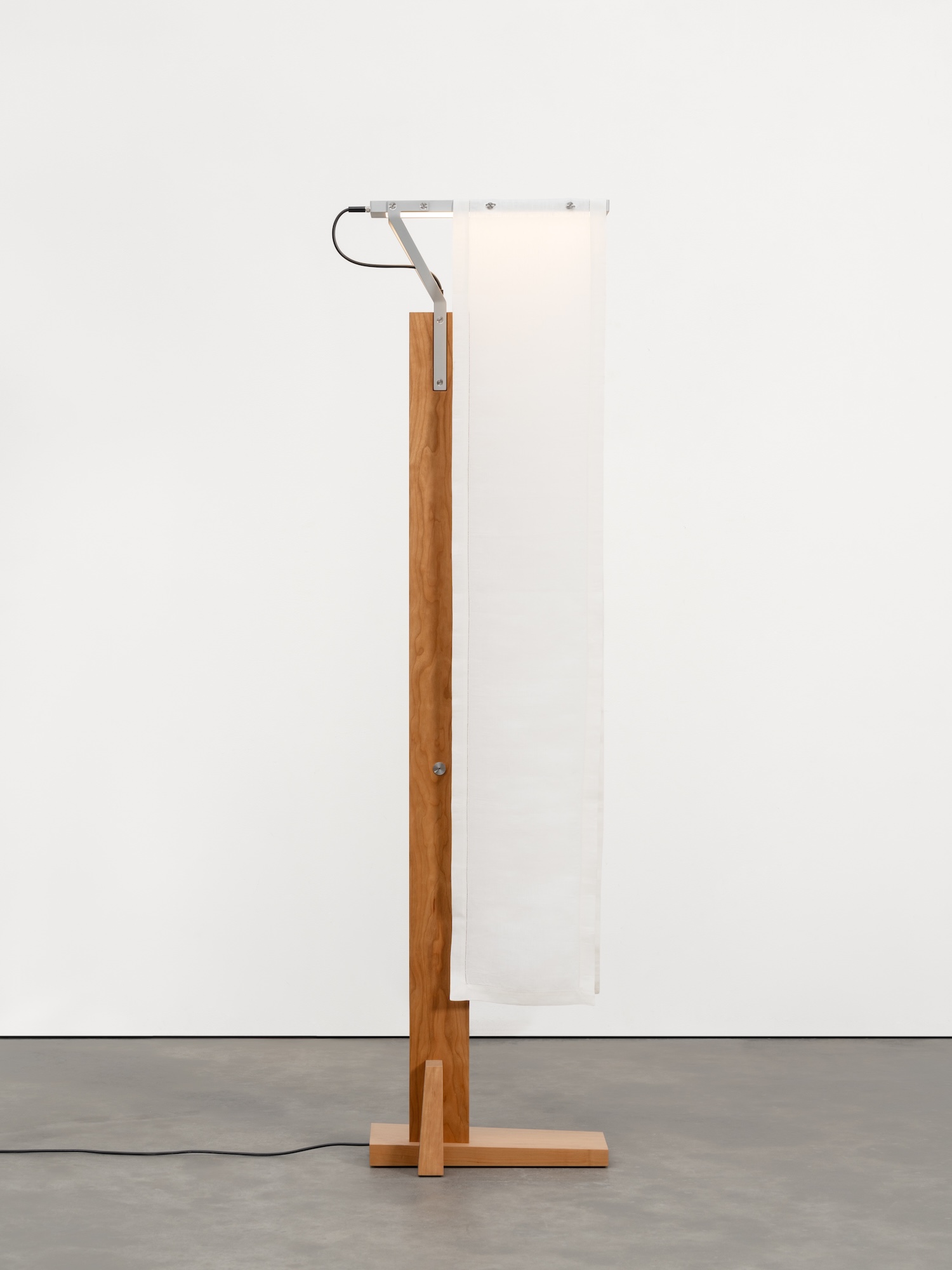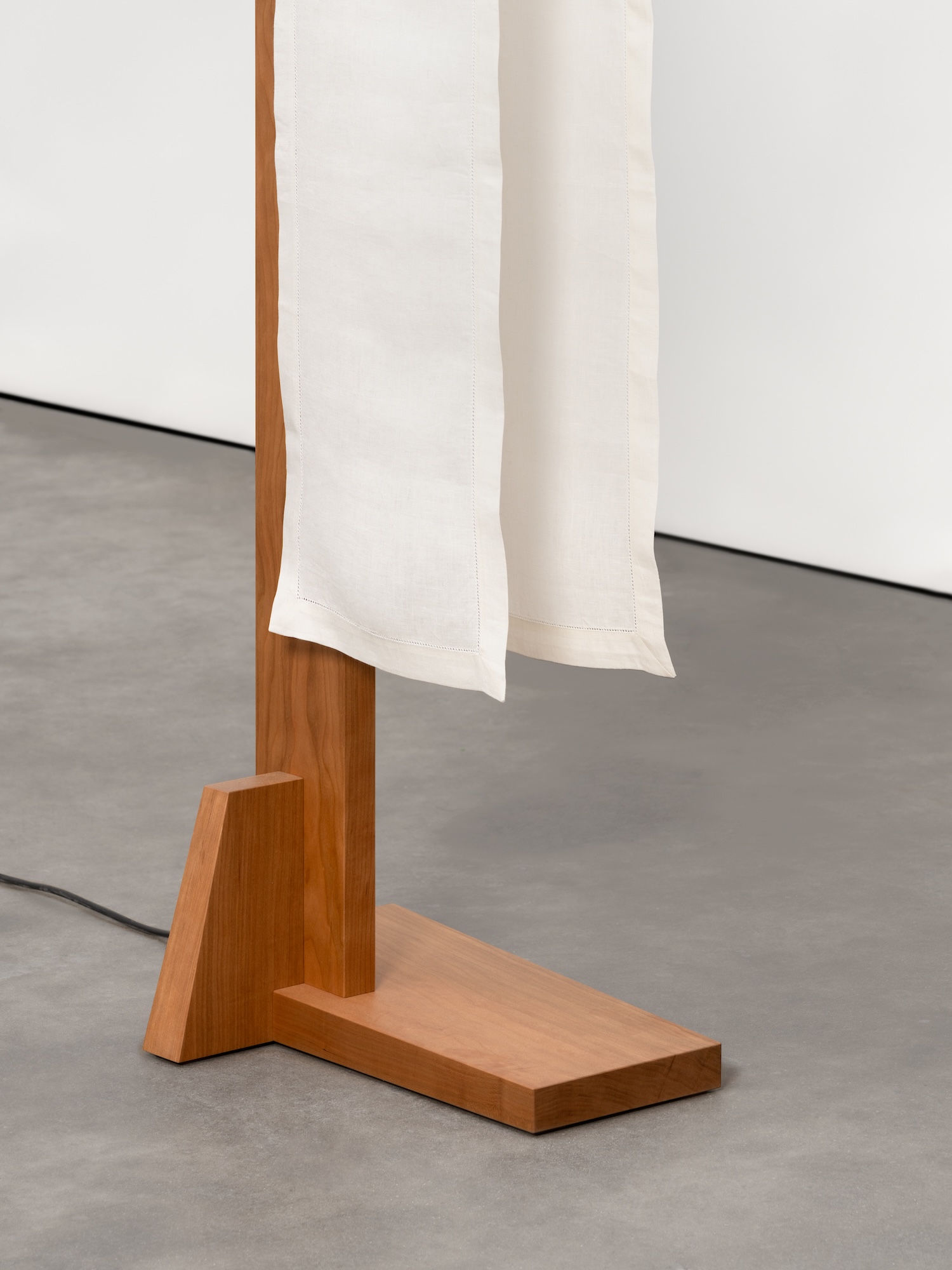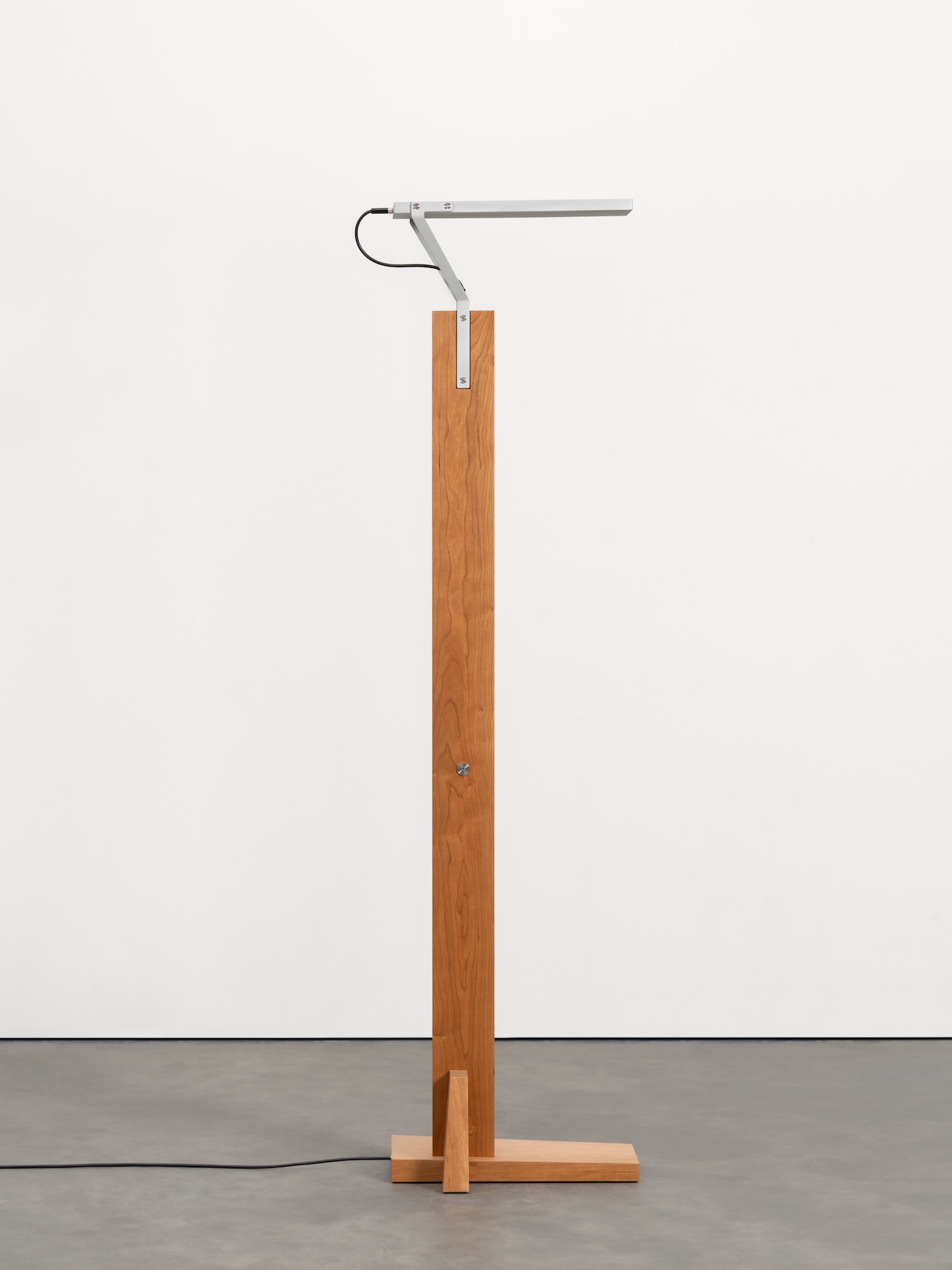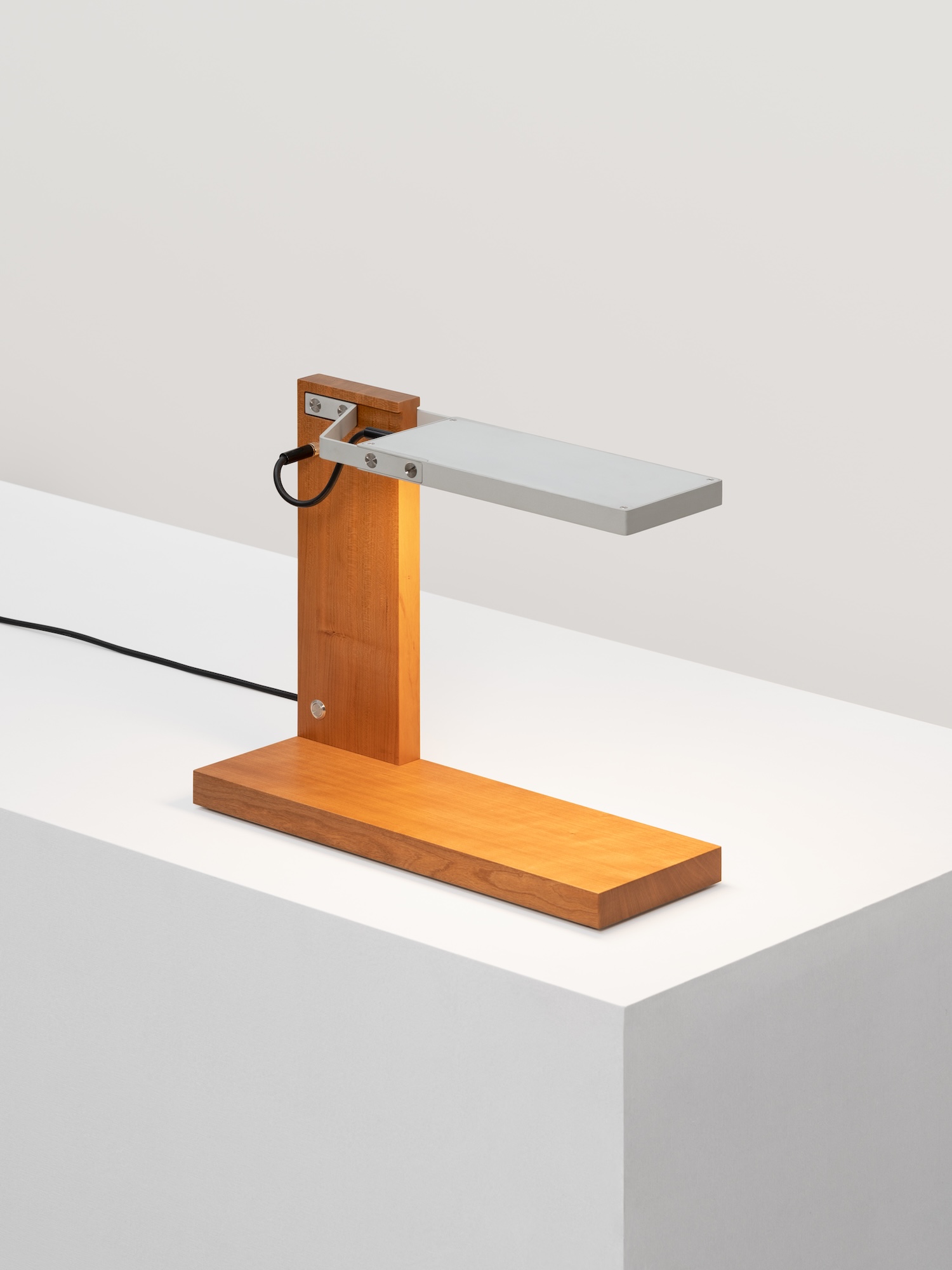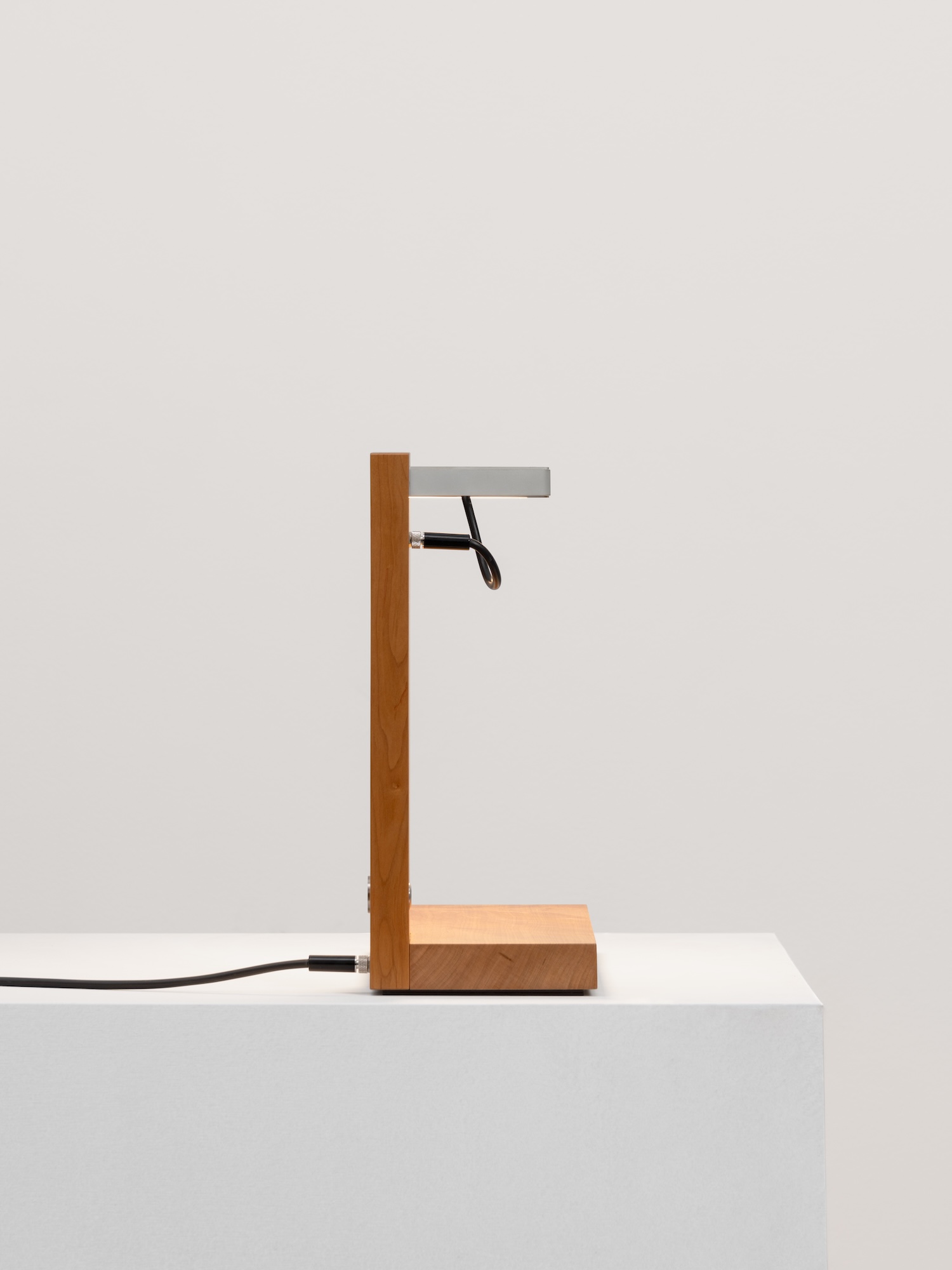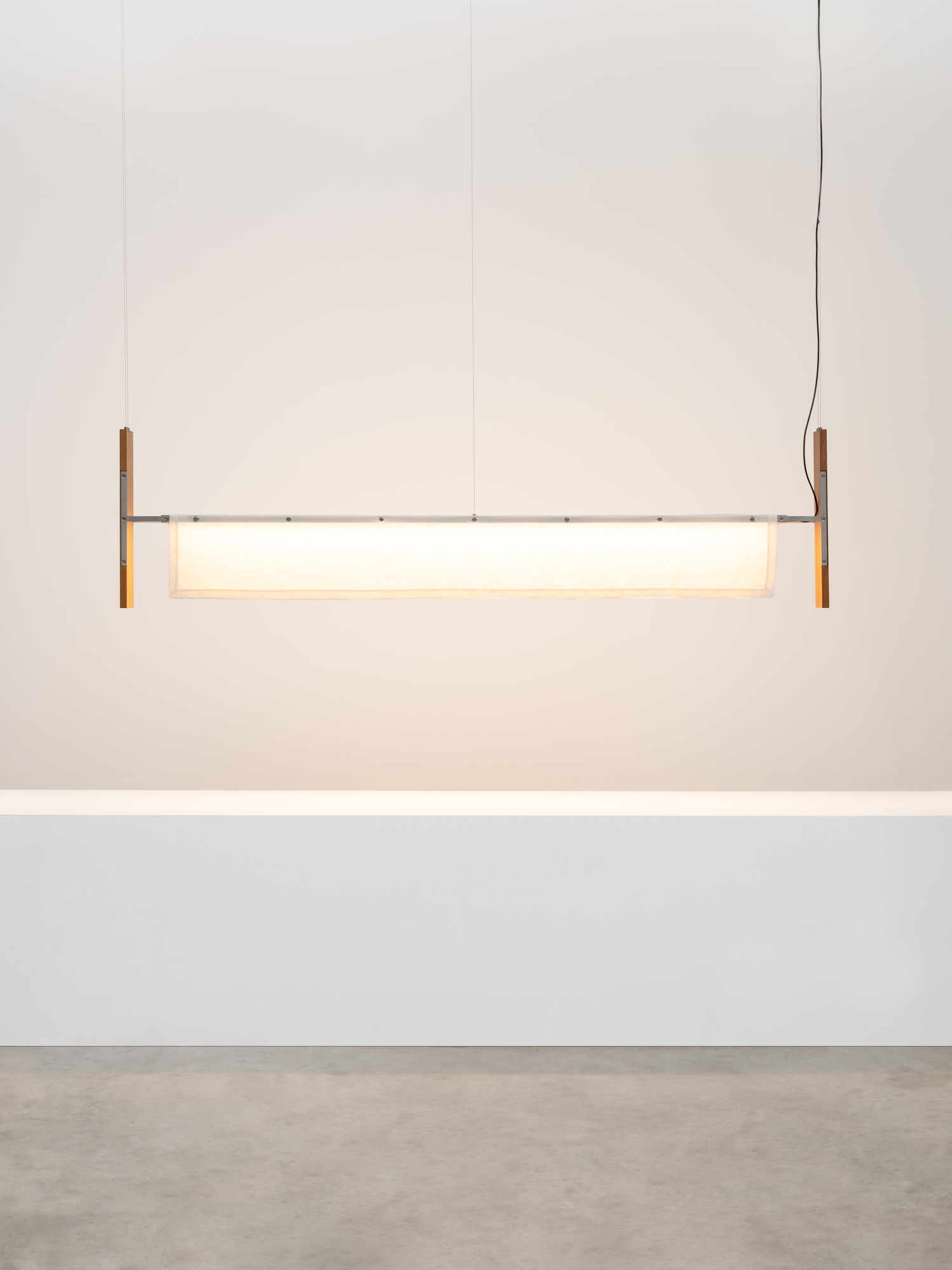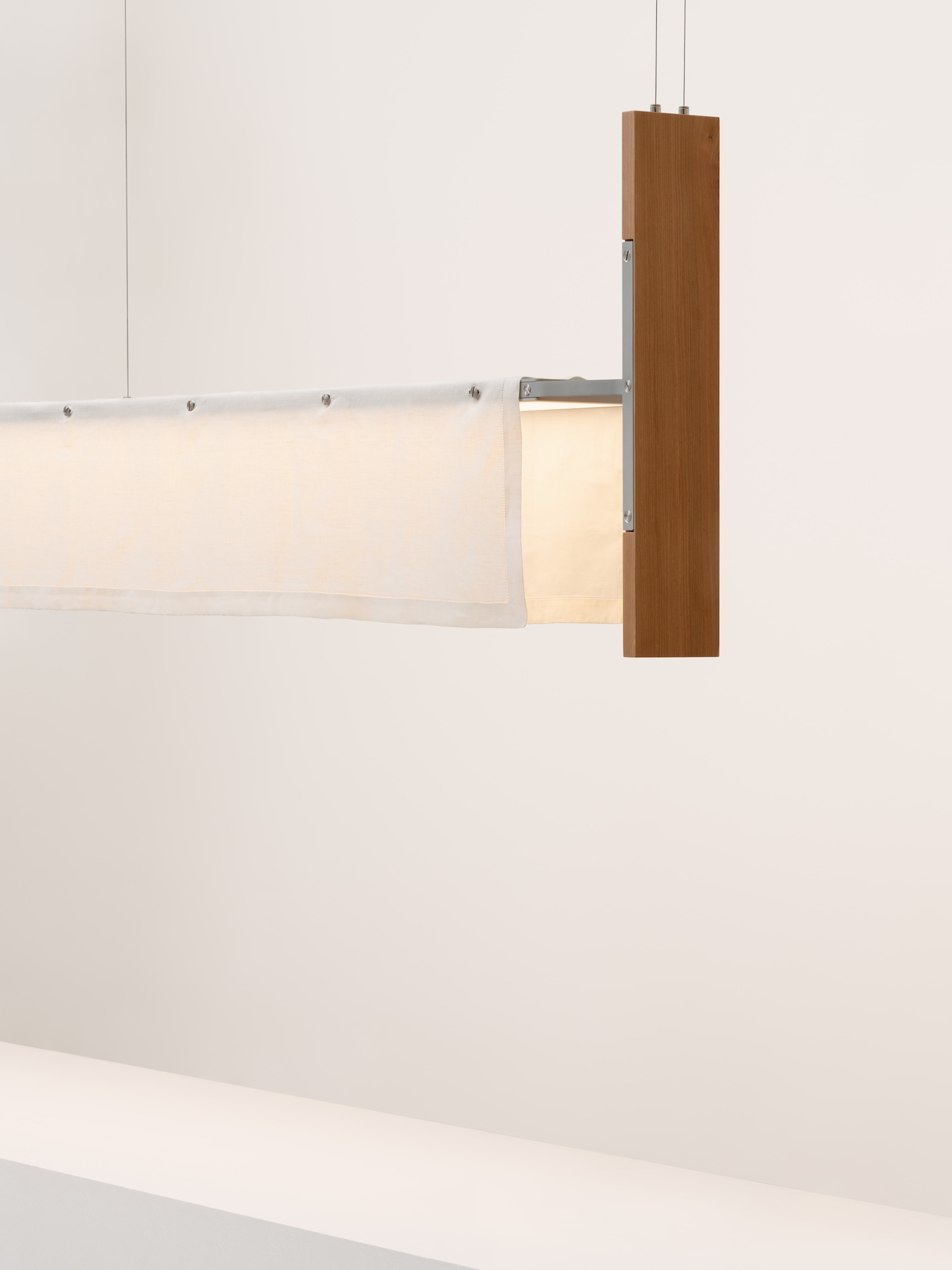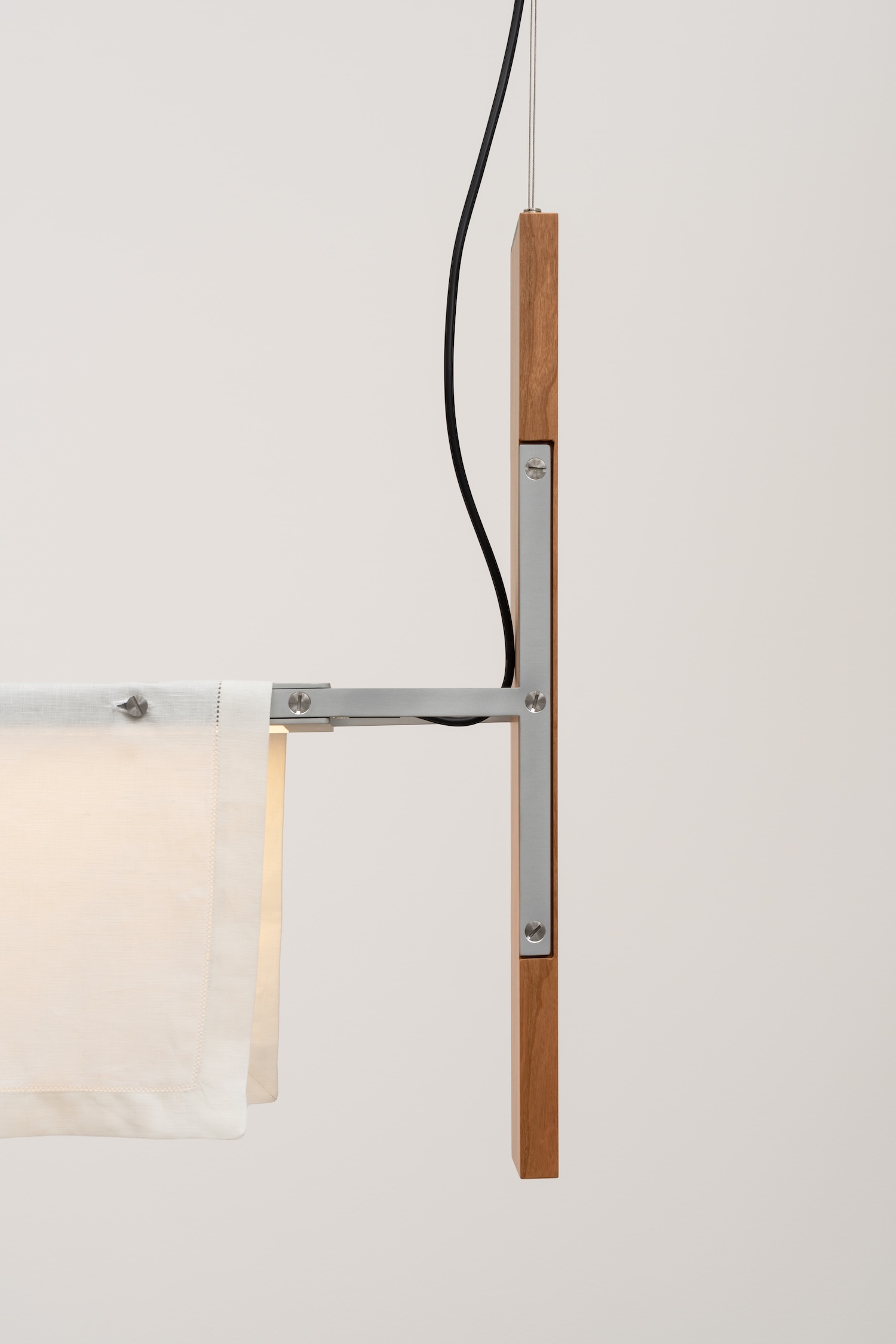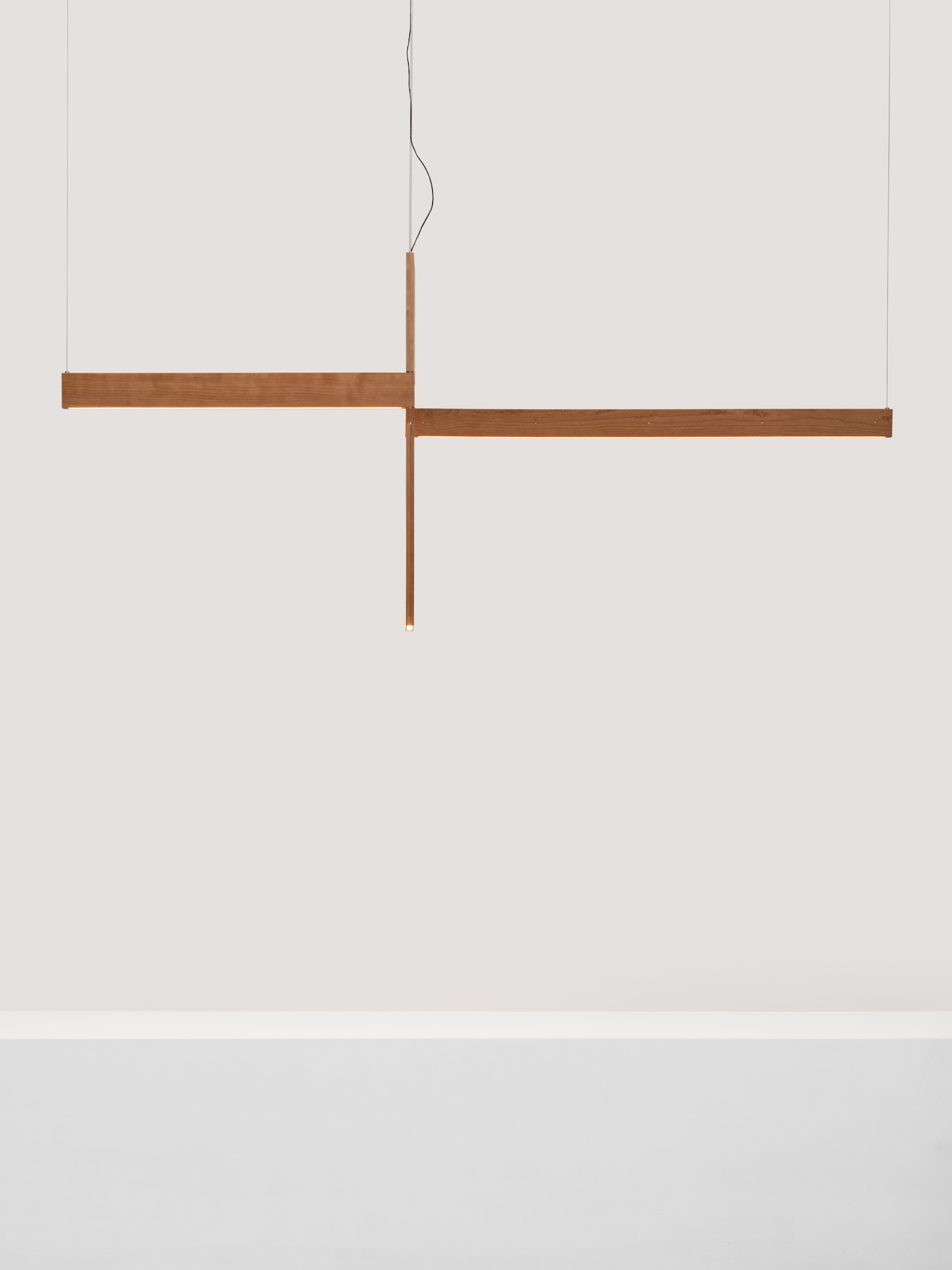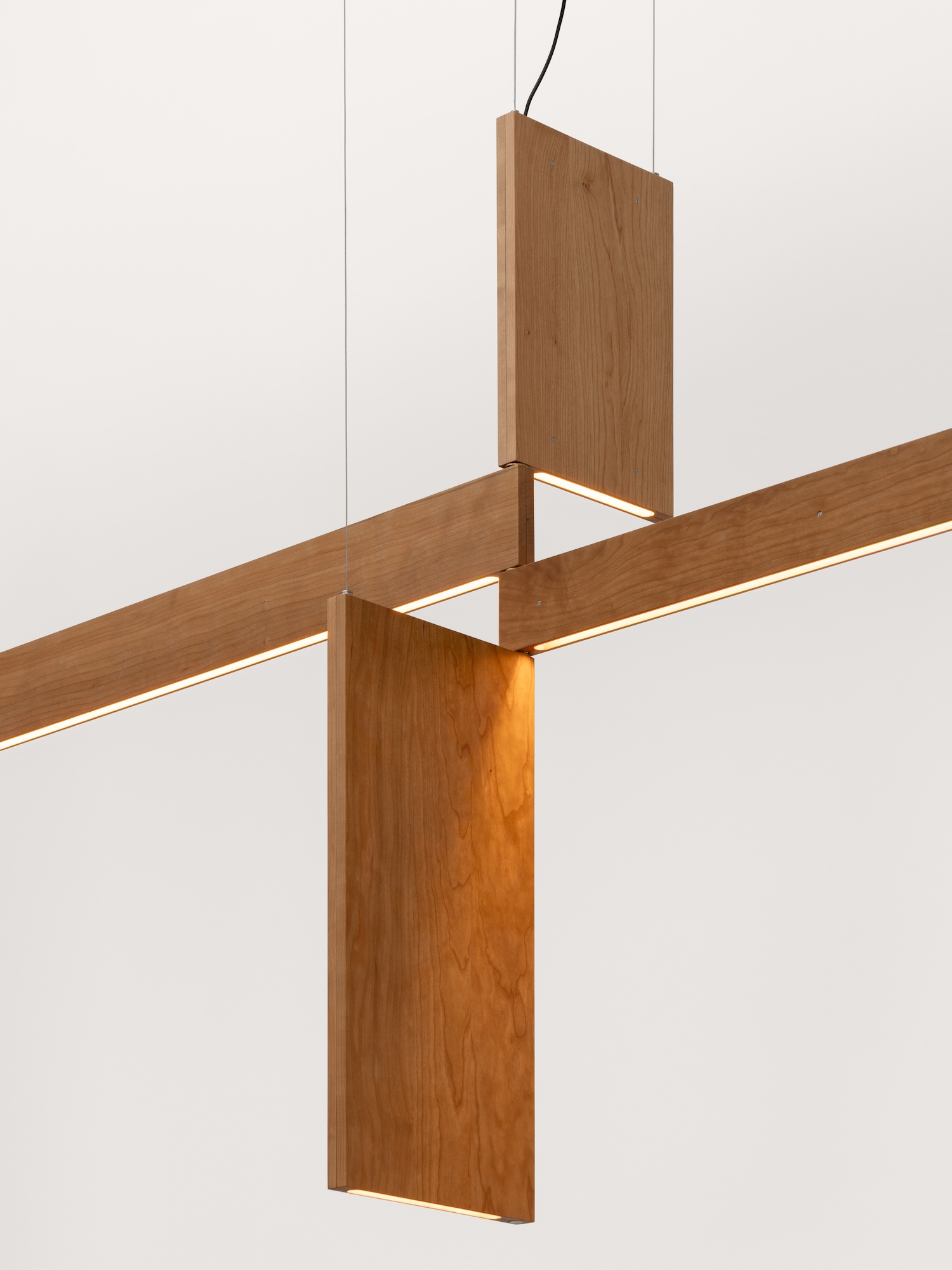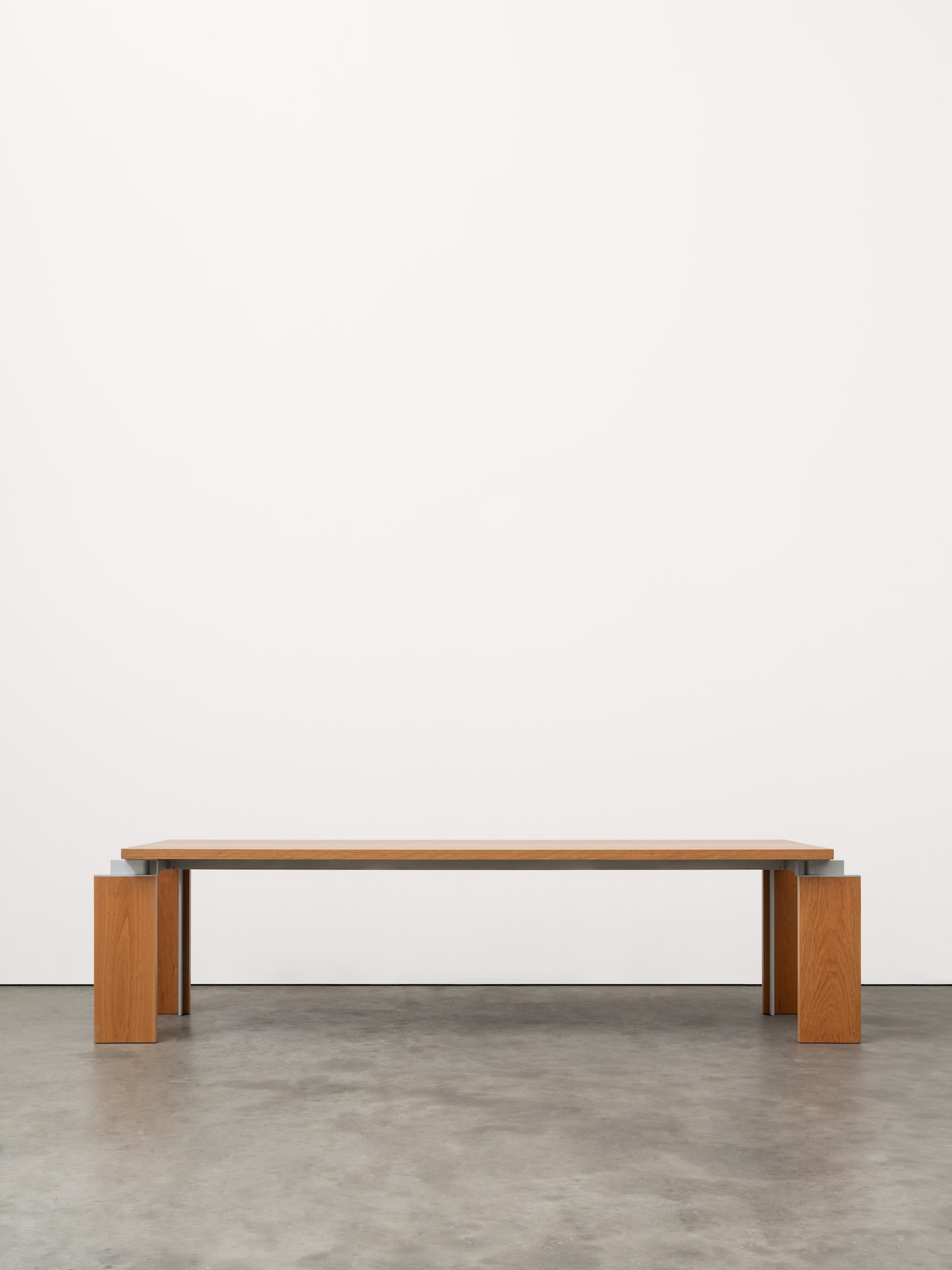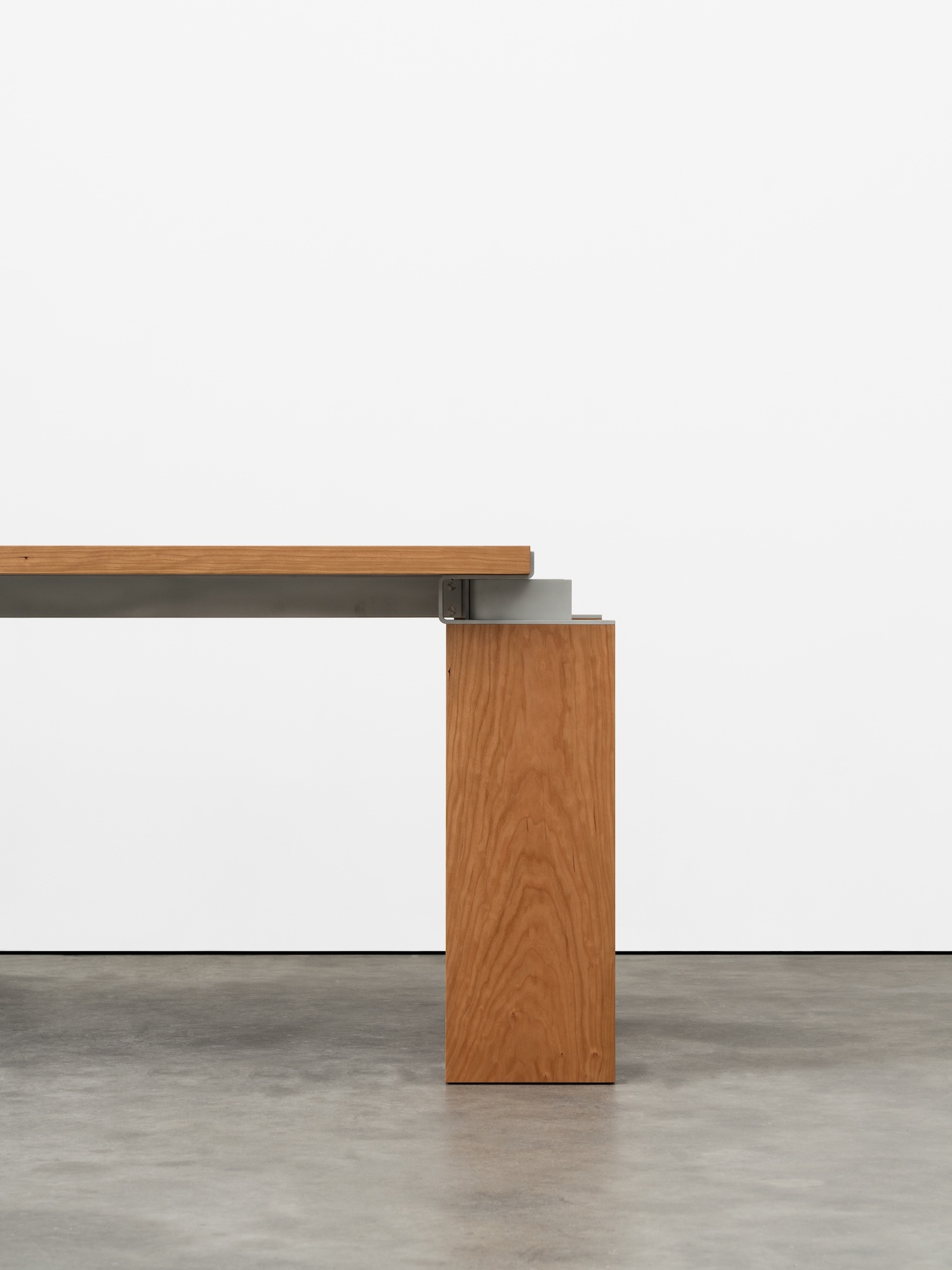Formation is a new exhibition in New York City created by Milan-based studio FORMAFANTASMA for Friedman Benda. There is something almost ceremonial in the way a single plank of cherry wood yields to the cabinetmaker’s hand, its grain revealing decades of growth in a moment of transformation. In Formafantasma’s Formation, this elementary gesture – the conversion of raw timber into domestic object – becomes a meditation on how we inhabit our homes and, perhaps more importantly, how our homes inhabit us.
Andrea Trimarchi and Simone Farresin begin each piece with this fundamental unit of cabinetmaking, the plank, yet their approach transcends mere carpentry. The cherry wood they’ve chosen carries particular weight in American design history, its warm hue and workable nature having shaped everything from Shaker meetinghouses to George Nakashima’s studio. By grounding their first U.S. gallery exhibition at Friedman Benda in this material, the Italian duo acknowledges a lineage while asserting their own contemporary voice.
Against the organic warmth of cherry, brushed aluminum introduces an unexpected counterpoint – the same surface we touch daily on our phones and laptops now given permanence in table and desk forms. This juxtaposition speaks to our moment’s particular tension: we crave the authentic weight of wood even as we live increasingly digital lives. The lighting elements make this connection explicit, their rectangular LED panels echoing the proportions of our ubiquitous screens while casting the gentle illumination we associate with home.
“This pursuit is subtly informed by a reverence for the Shaker community, Frank Lloyd Wright, and George Nakashima,” the designers explain, and their influences reveal themselves not through mimicry but through philosophy. Like the Shakers, they seek utility that transcends mere function. Like Wright, they synthesize craft with technology. Like Nakashima, they treat timber as a living entity deserving of respect.
Yet Formation’s most radical gesture may be its quietest: the integration of textile elements throughout the collection. A tablecloth transforms a dining table from mere surface to stage for domestic ritual. Fabric shades soften harsh LED light. These textile interventions do more than provide visual warmth – they recuperate traditions “often overlooked in design history,” as the studio notes, particularly “the quiet craftsmanship historically associated with women’s labor.”
This acknowledgment of domestic craft’s gendered history positions Formation within broader conversations about whose work we value and remember. The textiles serve as gentle reminders that homes are shaped not just by furniture but by countless small interventions – the arrangement of a cloth, the draping of a curtain – that create atmosphere and meaning.

